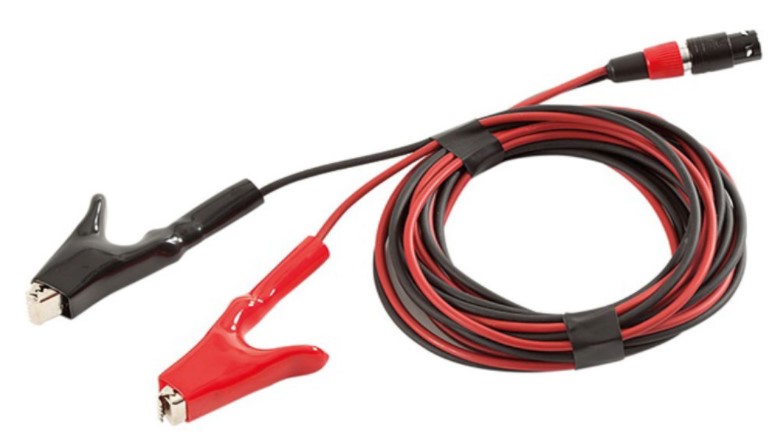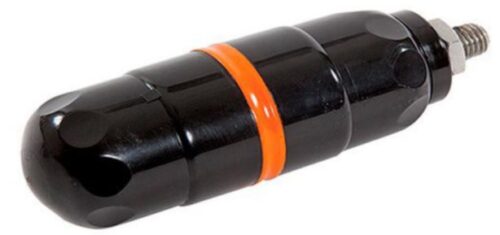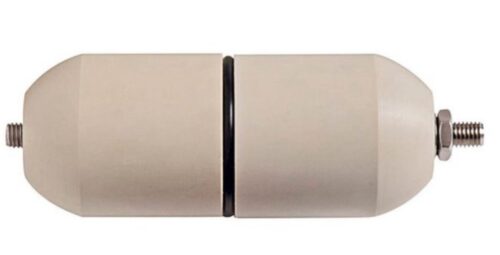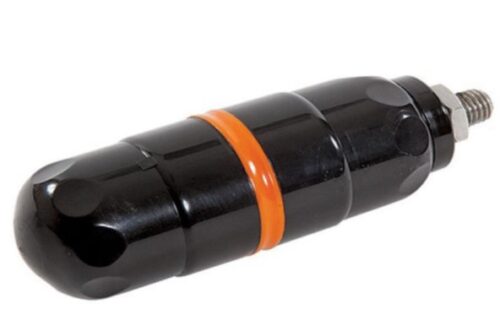Description
Direct connection cable Radiodetection cable in Uzbekistan, Tashkent
Can only be used with a generator that supplies a signal directly to the communication.
A “Direct connection cable Radiodetection cable” likely refers to a specialized cable used for connecting Radiodetection equipment or devices directly to other compatible equipment or accessories. Radiodetection is a company known for its equipment used in the detection and location of underground utilities and infrastructure, such as cable locators, pipe locators, and ground penetrating radar systems.
Here are some key points about such a cable:
- Compatibility: The cable is designed to be compatible with Radiodetection equipment, ensuring seamless connectivity and communication between different components of the system.
- Functionality: The direct connection cable serves various purposes, depending on the specific application and equipment involved. It may be used for data transfer, power supply, signal transmission, or control purposes.
- Length and Type: The cable may come in different lengths and types, depending on the requirements of the application and the distance between the connected devices. It could be a standard electrical cable or a specialized data cable with specific connectors and shielding.
- Connector Types Direct connection cable Radiodetection cable: The cable likely features connectors that are compatible with the ports or interfaces of Radiodetection equipment, ensuring a secure and reliable connection. Common connector types may include BNC connectors, LEMO connectors, or proprietary connectors specific to Radiodetection devices.
- Durability and Reliability: The cable is typically designed to be durable and reliable, capable of withstanding the rigors of field use and harsh environmental conditions. It may feature reinforced insulation, shielding, and strain relief to prevent damage and ensure long-term performance.
- Accessories: Depending on the application, the cable may come with accessories such as adapters, extension cords, or cable management solutions to enhance functionality and ease of use in different scenarios.
Other products in category Accessories






